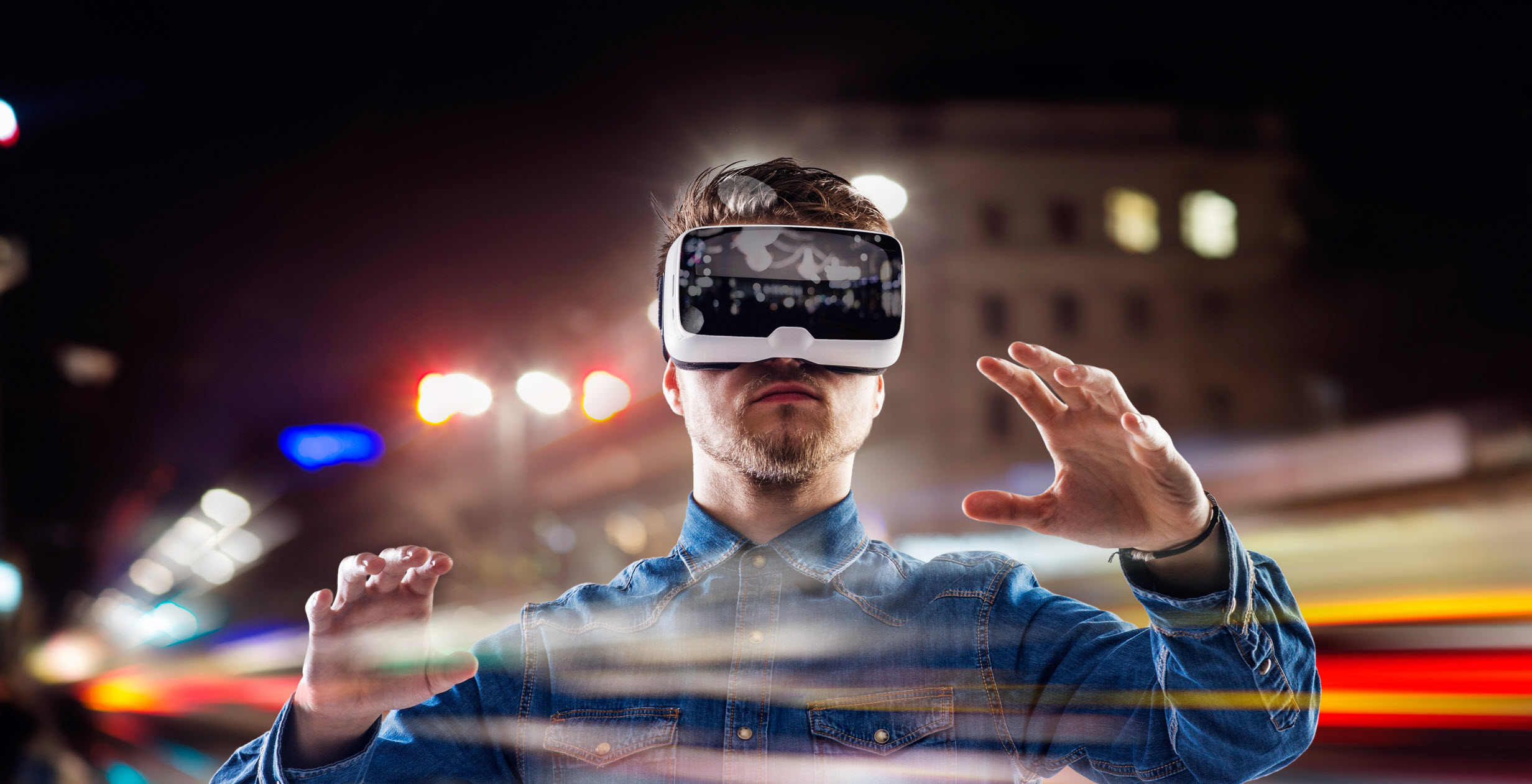See anything amazing lately?
Wearable technology has become increasingly popular in recent years, with thousands of products promoting seamless and natural interaction with devices and screens. By 2020, there are expected to be 411 million smart wearable devices available in a sector worth $34 billion, according to a recent market forecast.
What are we seeing out there?
Among the most recognized wearable devices is the Apple Watch, which tracks health indicators, serves as a telephone and GPS navigator, among dozens of other functions. More recently, many varieties of smart glasses have attracted much attention: the mobile messaging app SnapChat just released connected Spectacles sunglasses, which record 10-second snippets of video.
‘When I got the footage back and watched it, I could see my own memory, through my own eyes — it was unbelievable,” Snap’s CEO Evan Spiegel told The Wall Street Journal.
But the market success and traction of smart glasses is still uncertain. There are suspicions that Google will discontinue its Glass smart glasses product, which was released amid major hype in 2012 and named one of the best inventions of that year by Time Magazine. At the same time, there are rumors that Apple may soon release augmented reality glasses, which would be connected to users’ iPhones, allowing them to see images and information in their field of vision.
Eyes are the window to your tech soul
But these technologies are not limited to objects like watches and glasses. Israeli startup Umoove has developed an app that turns any device into a tool that can look into and track a user’s eye movements. Not only is this valuable for the gaming and wearable technology world, but it also has implications for the medical field, which could utilize the app for diagnostic procedures, including checking for concussion, stroke, autism and other brain disorders.
Put a ring on it
Another Israeli startup, MUV Interactive, has developed the Bird, a device worn on the finger that transforms any surface that can be projected onto, into a touchscreen. This low-cost solution allows users to interact with several devices on one screen, and has valuable applications in many sectors, but especially in the realms of education and business.
What’s coming down the runway?
Technology, especially wearable products, is rapidly changing the world and how we interact with people, devices and ordinary objects. Soon, experts say, almost everything will be able to be controlled by eye and hand movements, from cars to household lamps to phones.
How, exactly, these things will play out and be embraced by consumers is not clear. But it is certain that such developments will, ultimately, change the way that humans interact with devices. Rather than clunky, hard-to-use objects, devices will be seamlessly integrated into many aspects of life. They will become, with time, less noticeable, as interaction with them becomes more natural.
Another aspect that will change interaction with devices is the emergence of augmented reality, embodied in wearable technology like the rumored Apple smart glasses. Such products will make devices, once something external, into an integrated human experience. For example, rather than looking up a map on your phone, driving directions will simple appear in your line of vision when wearing smart glasses.
All of these changes, although far from clear, are creating a world where wearing devices is more practical. Converting a room into your presentation with MUV’s Bird or getting to your destination with interactive glasses are revolutionizing technologies.
See you on the other side…
For information on investment opportunities in this space, click here.








